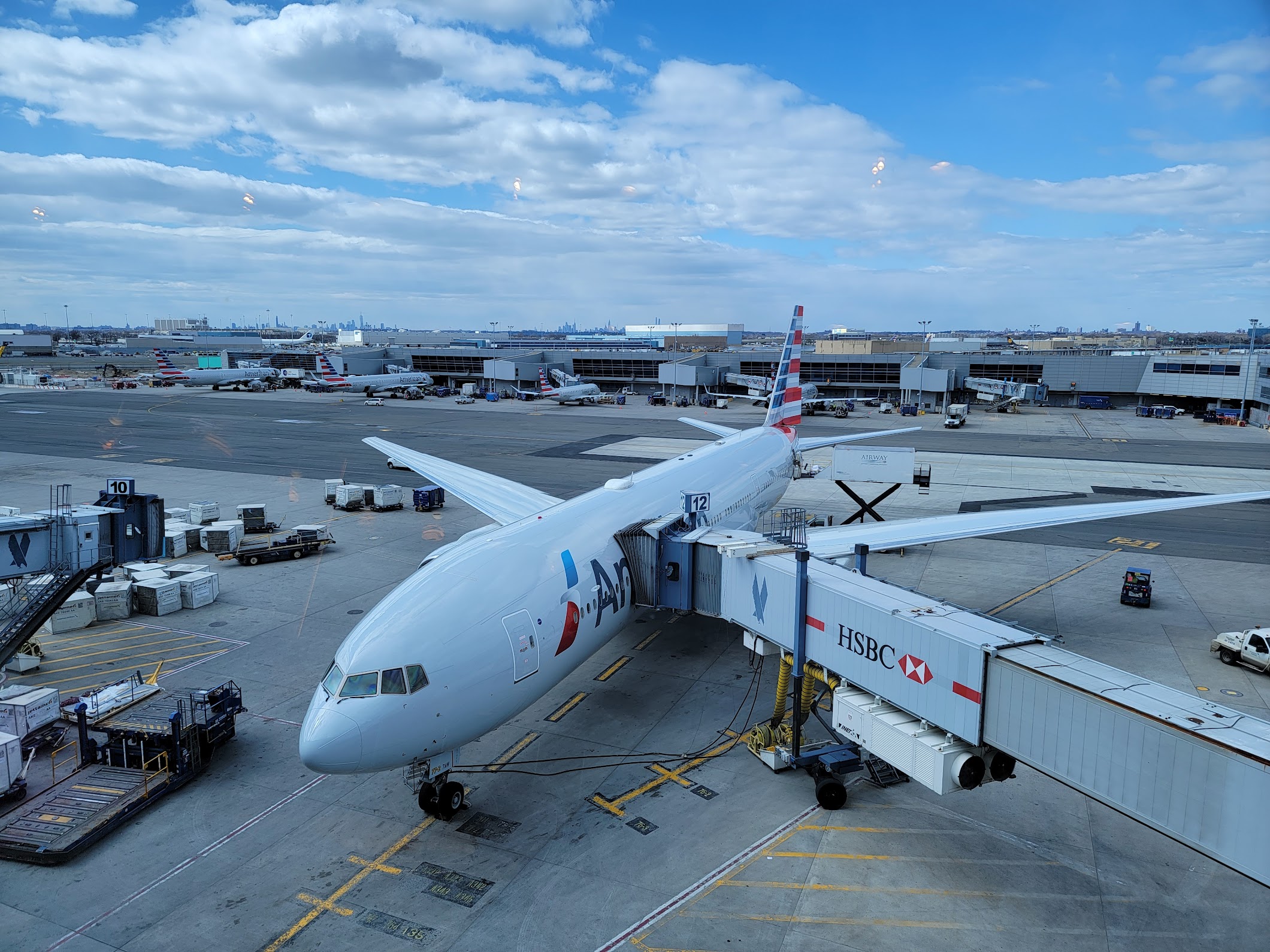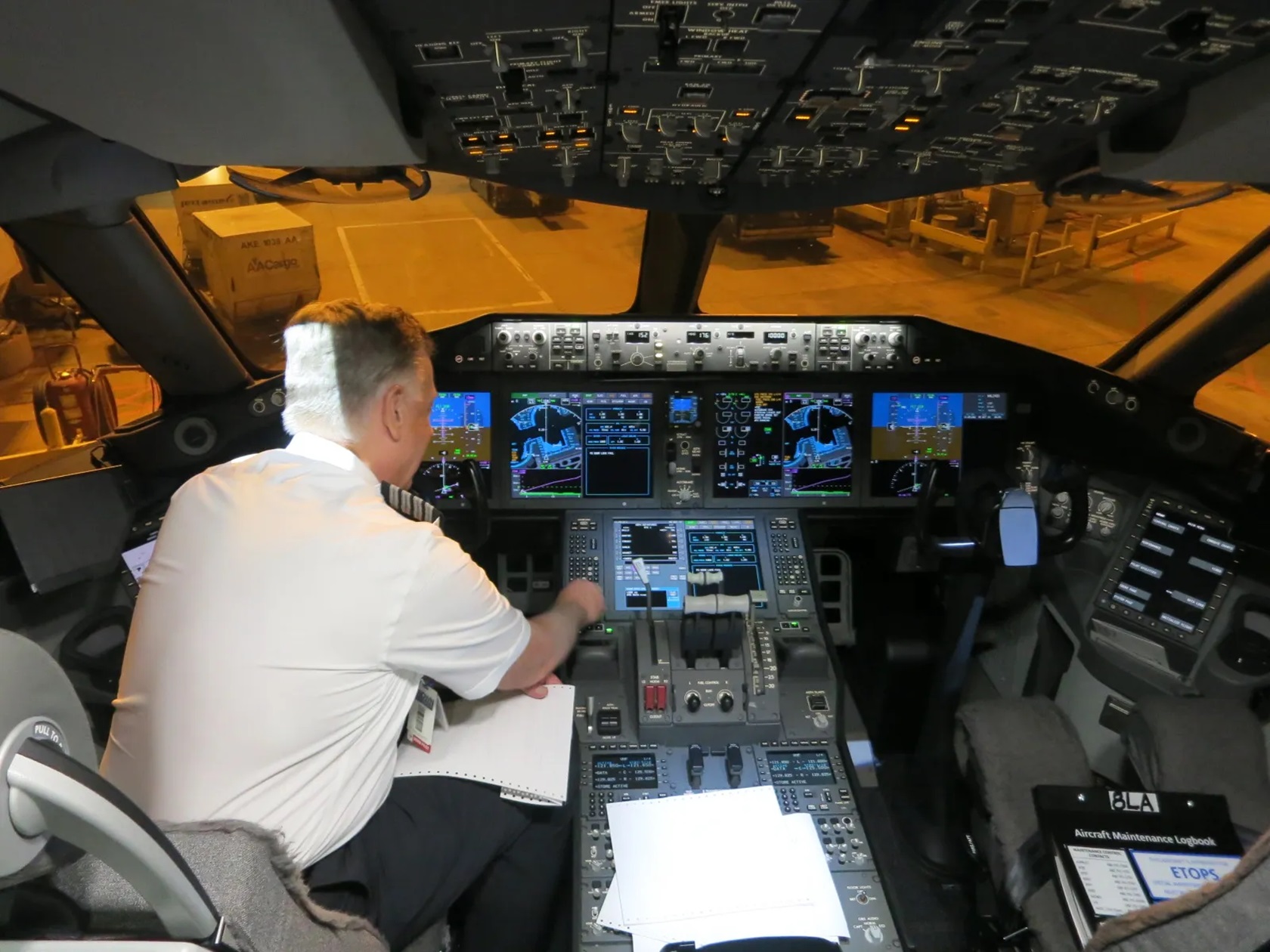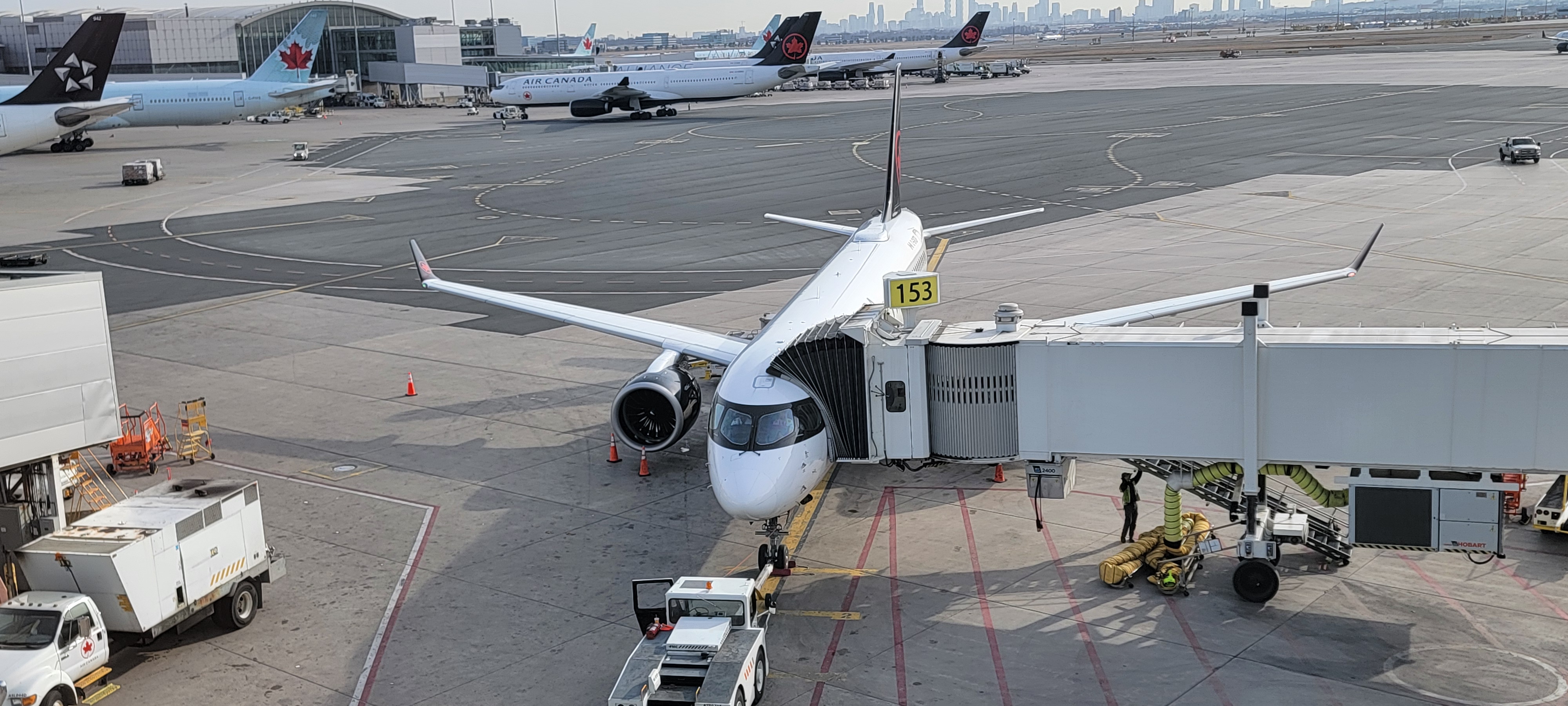Here’s something most people don’t think about, and just take for granted. Nearly all planes board on the left side of the aircraft. Why is that?
- It doesn’t actually matter which side planes board from
- But for the most part they all need to board from the same side so that airports get configured consistently and equipment gets set up consistently.
- This is how ships did it
- And once that became the standard, it was basically locked-in.

Early aviators borrowed terminology and conventions from ships. Ships docked with the port (left) side against the pier, because the steering oar (starboard) was on the right side and would have been damaged otherwise. Pilots and ground crews simply kept that convention: park with the left side toward the terminal.
The captain traditionally sits in the left seat of the cockpit. By approaching the terminal with the left side facing the gate, the captain can see the jet bridge or stairs clearly, making it easier to park precisely at the stand (with or without ground assistance). Meanwhile, the co-pilot on the right can watch for ground crew, fuel trucks, and wing clearance. (There’s no regulation that the pilot in command sit in the left seat. It’s convention.)

Cargo, fueling, and servicing are largely done from the right side of most aircraft. Keeping passengers boarding and deplaning on the left avoids conflicts with ground equipment and reduces risk, especially when using stairs rather than jetbridges.
Emergency vehicles and catering trucks also have standardized positions based on this layout, keeping the ramp choreography consistent worldwide.

Aircraft doors, lavatory service panels, fueling ports, and galley access points are therefore designed with this convention in mind.
- This is mostly true, but it’s not universal. There are planes with refueling panels on the right wing, but also some with a fueling point on the left.
- Cargo aircraft like the Lockheed C-130 Hercules, C-17 Globemaster, or Boeing 747 Freighter are designed around rear or right-side loading for practical ramp logistics.
- Helicopters frequently board on the right. Pilots usually sit in the right seat for better hover visibility (rather than left seat for planes), so passengers naturally enter from the left or right depending on rotor direction and balance. Bell and Airbus helicopters typically use right-side entry. Sikorskys generally use left.
- Some early planes didn’t follow the modern left-boarding rule. de Havilland Comets had doors on both sides. Convair 880/990s were built with optional starboard forward doors. Tupolev Tu-154 and Il-62 had rear air stairs under the tail. Rear airstairs also came with some rear‑engined jets like the 727 and DC-9/MD-80.

However, changing the standard would require a complete redesign of airport gates, jet bridges, and ground procedures – and new planes. It’s simpler just to keep everything the way it is, and that’s been the case since the 1930s.


They should board from the… Leff.
The Gary Leff. *wink*
Good article, with a minor quibble about when “left side boarding” became standard… AA had right side boarding in their DC-3s, which would have operated through the 30s:
https://flagshipdetroit.org/the-right-side-door/
So, maybe “a few years post-WWII” would be more accurate on when left side boarding became the standard?
Otherwise, fun article, thanks.
Very interesting. Also in most countries the driver sits on the left, so that might have been a factor. Maybe mounting a horse from the left made this more habitual too.
Gary, when you’re ready, it seems the Fetterman-led ‘controlled opposition’ Senate Democrats may have caved to Republicans last night (with little to show for it); Thanksgiving, (Hanukkah,) and Christmas travel are saved, workers get paid, but no healthcare assistance, and we likely get to do this all over again in January 2026. Big ‘oof’ energy coming outta this one…
American, who placed the original DC3 order from Douglas in the mid thirties put it the passenger door on the right side, it was C R Smiths idea, for what ever reason, TWA’s DC2’s had the door on the left (Howard Hughes)
Does this mean the front left door(s) of planes are more likely to suffer mechanical failures / damage since they are always in use while the doors on the right hand side are almost never used?
A couple of factual additions and corrections to supplement the interesting posts above:
• Tupolev Tu-154 aircraft were not equipped with rear ventral airstairs;
• Ilyushin Il-62 aircraft probably didn’t either (available info is contradictory, but I can’t find any photos);
• In addition to the Boeing 727 series and McDonnell-Douglas DC-9 and MD-80/90 series aircraft, British Aerospace BAC 111, Sud Aviation Caravelle, and Yakovlev Yak-40/-42 series aircraft were equipped with rear ventral airstairs, as were piston-engined Martin 202 and 404 aircraft;
• Early American Airlines Convair 240 aircraft were equipped with forward, starboard-side integral airstairs.
John: the right forward door is regularly opened for catering delivery and trash removal
I remember a certain gate at Denver Stapleton used by United regularly at which the jetway came from the right side. It sticks out because it was pretty much the only gate in frequent use nationwide with boarding from the right
Helo commanders/pilots in command usually have the right seat due to where the collective is traditionally located. Just a small nit pick.